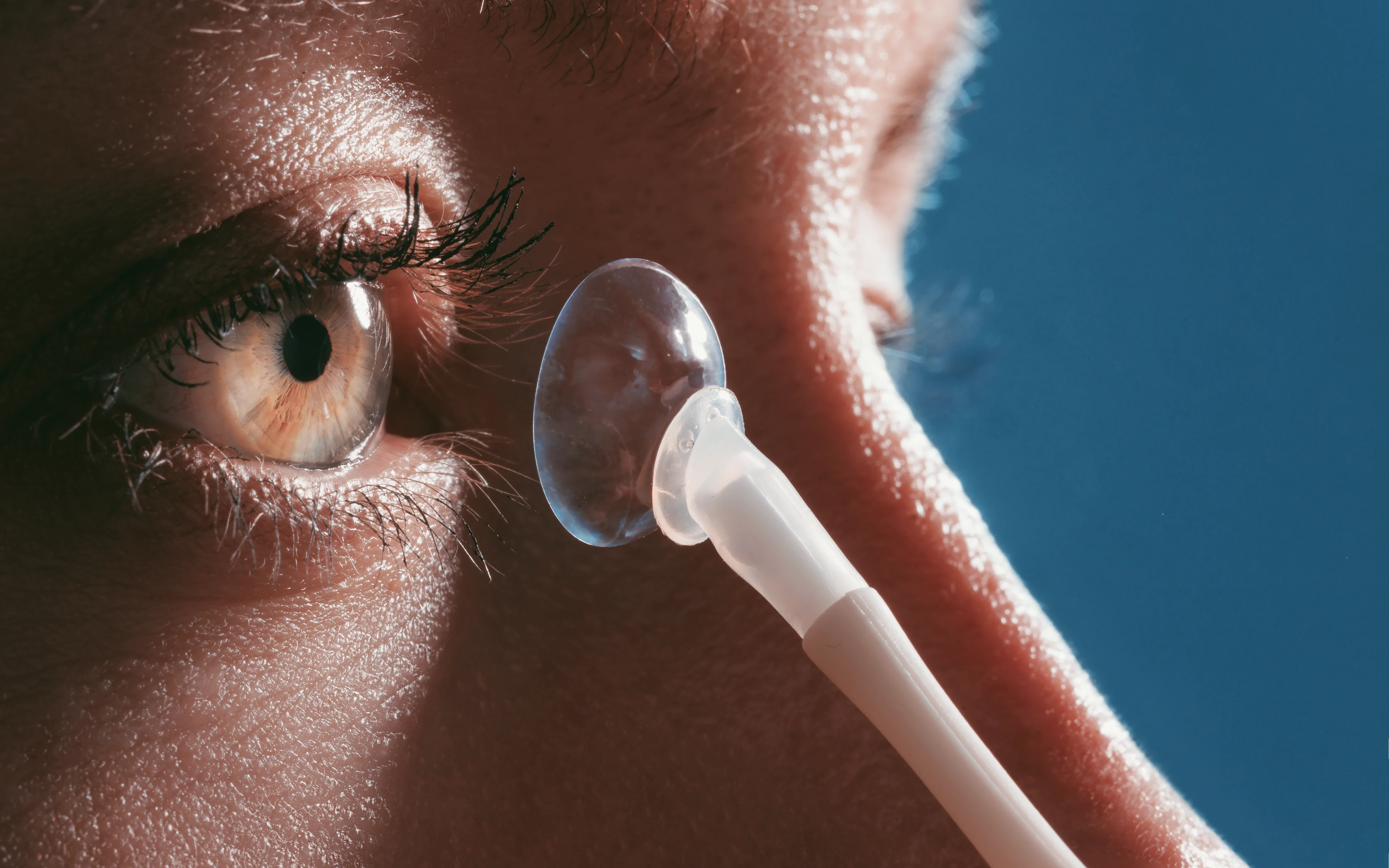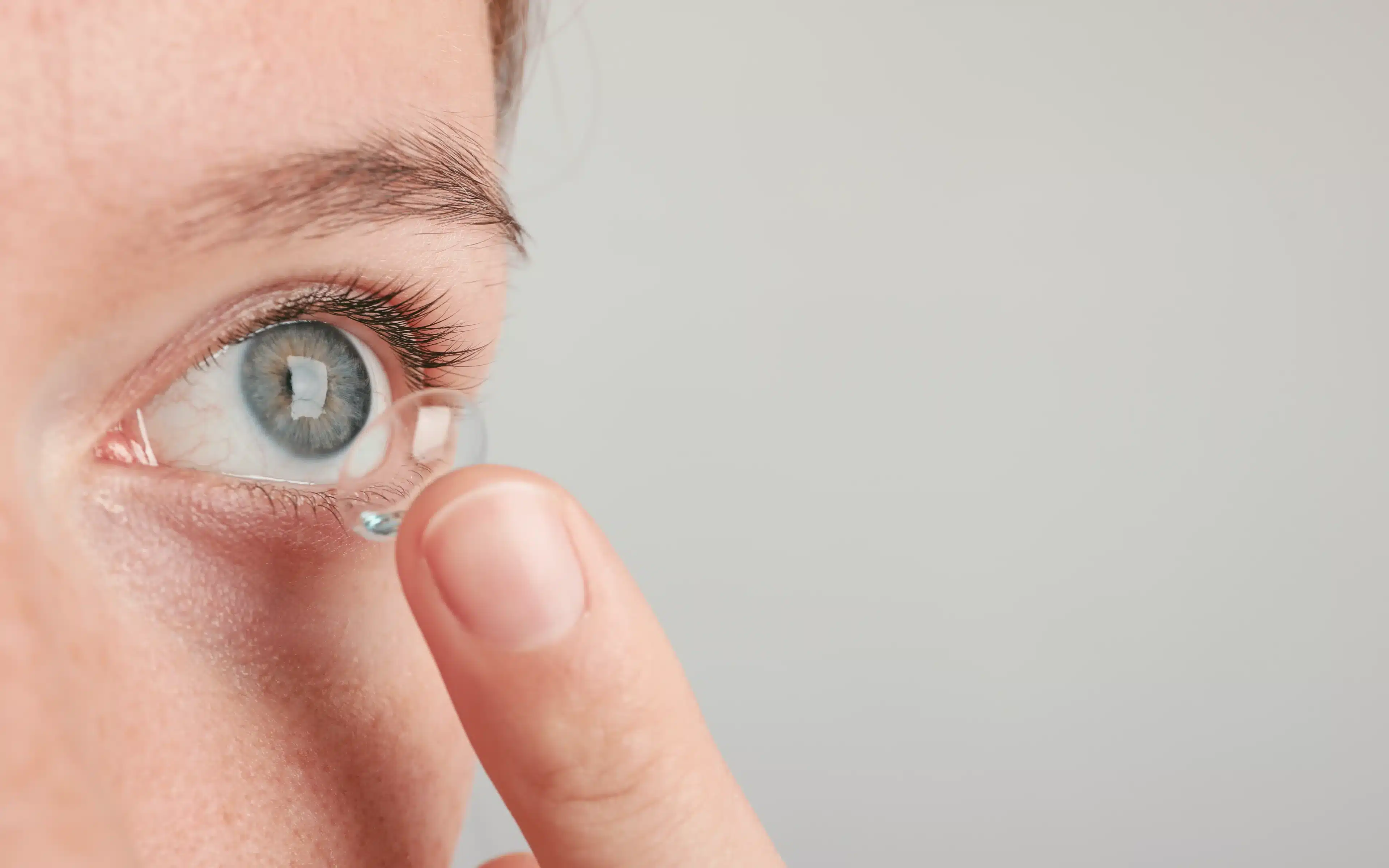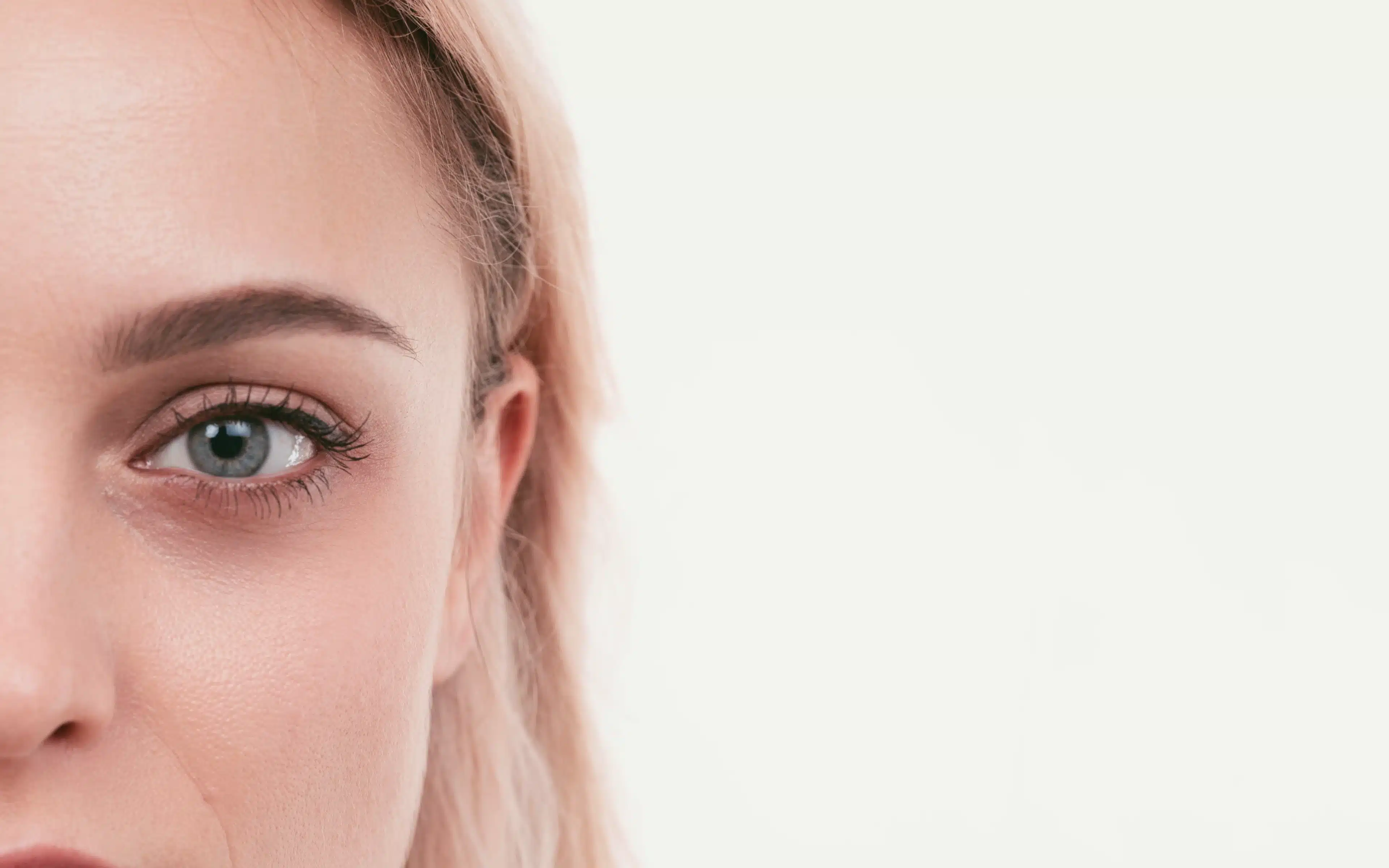Properly-fitted Rigid Gas Permeable (RGP) hard contact lenses provide excellent vision and are associated with a lower risk of eye infection than soft contact lenses (even daily disposables). However, they still need to be effectively cleaned and sterilised before you wear them.
Essential preparation
Hand hygiene
Hands are one of the main culprits when it comes to getting bacteria on your contact lenses. Even after washing with soap, hands are covered with bacteria, as regular soap does not really reduce bacteria on your hands.
Proper handwashing technique:
- Wash your hands thoroughly with antibacterial soap or hand-wash, avoiding moisturising soaps and hand-wash, which can smear your lenses
- Alcohol-based hand-wash is best of all (and surprisingly gentle on your skin) and can be purchased from your pharmacy
- To minimise bacterial load, hands should be washed for at least 15 seconds – or the length of time it takes to sing the Happy birthday song! (30 seconds is even better)
- Air dry your hands or use a lint-free towel or paper towel
Setting up your workspace
Use paper towel to set up a clean working area before handling your lenses.
Choosing your cleaning solution
We recommend peroxide-based contact lens solutions (such as AOsept and Oxysept) as our first choice for RGP contact lens wearers. These solutions are very effective against pathogens AND they are completely non-preserved. By the end of the cleaning process, your lenses are immersed in sterile, non-preserved water, which means you are not putting anything toxic into your eyes.
Solution comparison
AOSept:
- Convenient (no tablet required)
- Less portable (air vent can leak)
- Unpreserved
- Highly effective
- Built in cleaner
OxySept:
- Need to add neutralising tablet
- More portable
- Unpreserved
- Highly effective
- Better for VERY sensitive eyes
Traditional solutions (such as Boston) are also very good for RGP lenses but we do not recommend them for people with allergies or sensitive eyes, or those suffering from keratoconus. This is because the preservatives in the solutions can add to the problem.
Daily lens handling procedure
Insertion
- Remove lenses from the cleaning solution case
- Some people prefer to rinse with saline, but if your lenses have been disinfected with hydrogen peroxide, you can put them straight into your eye provided they have been soaking for a minimum of 6 hours. This time is required for the peroxide to neutralise to saline
- Always insert your right lens first to avoid mixing up your lenses
If the lens lands on the white of your eye rather than the cornea (central, coloured part), make sure you look in the opposite direction to where the lens is sitting. You can move your head so that you are still looking in the mirror in this new position. Then you can either remove the lens with the suction tool and try again, or use your eyelids to guide the lens into the correct position.
If your lenses sting or hurt after insertion, remove immediately and rinse with saline. If using a peroxide system, check that you have allowed at least 6 hours for neutralisation. Try inserting again and if pain or stinging persists, remove the lenses and contact your practitioner.
First-time adaptation
When adjusting to RGP lenses for the first time, you can expect a certain amount of discomfort, as if you have something in your eye (you do!). Build up wearing time gradually over a week, adding an extra hour each day. Properly-fitting RGP lenses should be comfortable once this initial breaking-in period is complete.
Cleaning
Lenses should always be cleaned as soon as they are removed from your eyes. Effective cleaning is essential to safe, comfortable contact lens wear.
Important safety guidelines
Water safety
NEVER use tap water as a substitute for disinfecting solution. Even clean tap water contains tiny bugs called acanthamoeba, which are usually harmless to your gut but can cause sight-threatening eye infections in contact-lens wearers.
If you’re desperate and have to remove your RGP contact lenses and don’t have your case or solution with you, you can store them dry in a clear paper towel until you get home.
General tips
- If you drop your lens, even onto the paper towel, use saline solution to rinse
- Replace your lens case with each new bottle of solution
- Regularly inspect lenses for scratches, chips or cracks as these can provide surfaces for bacteria to grow and can make contact lens wear uncomfortable
Getting help
Some people get lens handling quickly and easily, but many people take a while to develop their technique. If young kids can learn how to do this, so can you!
Wondering how to wear your contact lenses with greater success? Talk to the experts. Call The Eye Practice on (02) 9290 1899 or make an appointment online today.















